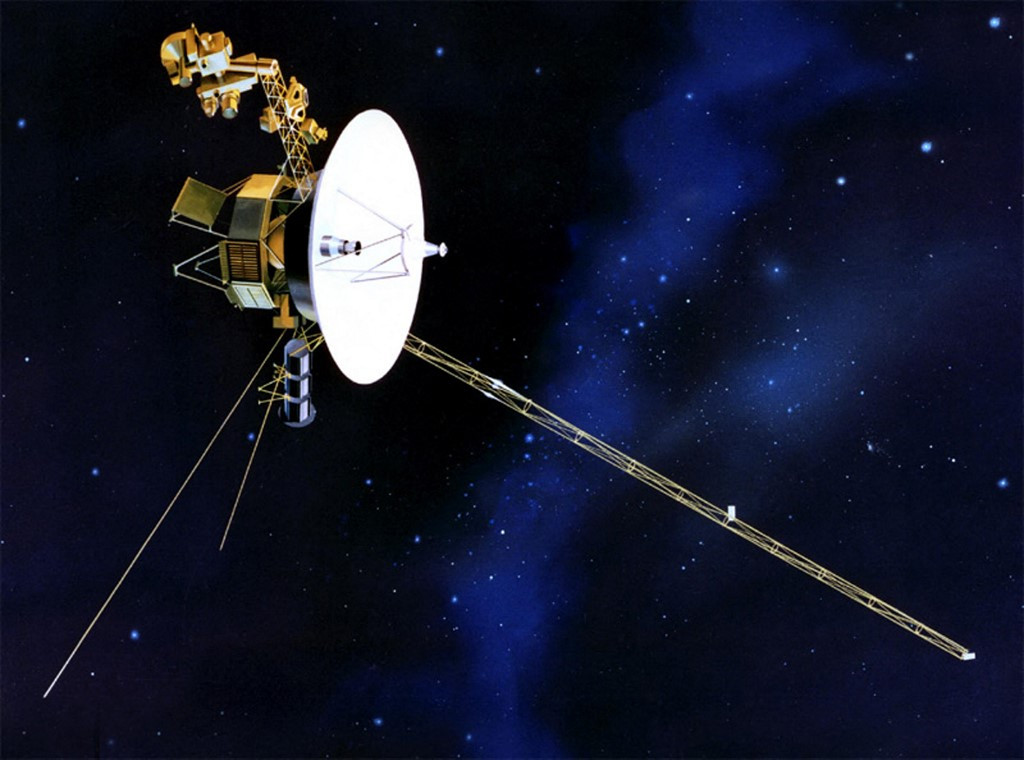
Voyager 1 Resumes Sending Usable Data to Earth After Months of Gibberish
NASA’s Voyager 1 probe, the most distant man-made object in the universe, has started transmitting usable information back to ground control after months of sending gibberish. The US space agency reported this news on Monday. The spacecraft had stopped sending understandable data back to Earth on November 14, 2023. However, despite this, controllers were able to confirm that it was still receiving their commands.
In March, a team at NASA’s Jet Propulsion Laboratory found that a single malfunctioning chip was responsible for the communication issues. They then developed a clever coding fix that worked within the limitations of the probe’s 46-year-old computer system. Now, the agency has stated that the spacecraft is providing valuable data on the health and status of its engineering systems, with plans to resume sending scientific data soon.
Launched in 1977, Voyager 1 held the distinction of being the first spacecraft from Earth to enter the interstellar medium in 2012. Currently located more than 15 billion miles away from our planet, it takes approximately 22.5 hours for messages to reach the probe from Earth. Its twin spacecraft, Voyager 2, also exited the solar system in 2018.
Both Voyager probes carry “Golden Records,” which are 12-inch, gold-plated copper disks designed to explain the story of Earth to potential extraterrestrial beings. The records include a map of our solar system, a piece of uranium serving as a radioactive clock, and symbolic instructions to play the record. The content was selected by NASA, with input from a committee led by renowned astronomer Carl Sagan
